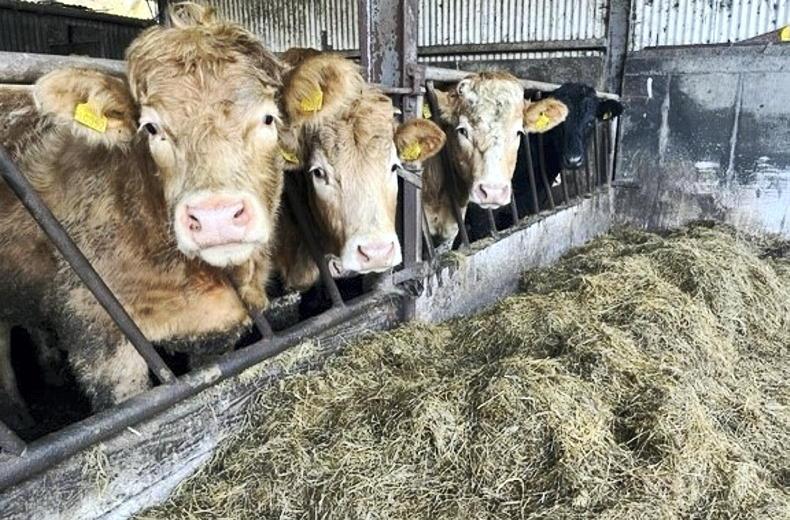You can’t manage what you don’t measure and this is particularly true of silage and planning animals’ diets. Testing silage is an important job on farm and while 2021 didn’t seem like too bad a year for silage production, results of samples on the Footprint Farms were very mixed.
Silage has been sampled on all of the relevant Footprint Farms. A total of 19 samples were taken and the results are detailed in this article.
Overall, results were not particularly outstanding and if we think back on the silage production season of 2021 there was good weather at times, but cold weather in May resulted in poor nitrogen utilisation.
This may be linked to high ammonia levels in many cases and in some cases dry matter was very high, which can affect how well the silage is preserved.
When looking at silage test results the main things to consider are dry matter (DM), dry matter digestibility (DMD), pH, ammonia levels, protein levels and metabolisable energy.
Table 1 shows the average silage test results from across the farms.
DM
The average DM result was 34.9%. Ideally, dry matter content should be around 25% to 30%. Wilting for too long in dry weather results in dry grass which can be extremely hard to compact in a pit. Dry grass will spring back up when rolled, allowing for air space in the pit, which causes poor fermentation. The average DMD was good at 73.1% and lies in the optimum range of 70% to 75%.
The average pH level across these samples was 4.4
The pH level of the silage determines how well the pit will preserve and the target is approximately 3.8-4.2. A pH of below 3.6 can cause stomach problems for animals, poor intake and overall poorer animal performance.
The average pH level across these samples was 4.4, with a range of 3.8 to 5.2. High pH levels generally result in silage that is hard to keep and often with high pH levels comes high ammonia levels.
That is the case in these samples as average ammonia levels were relatively high at 12.9.
In general, farmers should be aiming for ammonia levels of approximately 10% or lower.
Ammonia levels may be high where the nitrogen applied to the grass was not used properly.
For example, May was a cold month in 2021 and so growth was slower than normal and nutrient use efficiency was most likely low, resulting in high levels of nitrogen in the plant.
It is important that farmers know how much protein is in their silage
Protein is also linked to nitrogen application and the stage of maturity when grass was harvested. The average protein content across the farms was 12.8%. This figure ranged from 10.3% to 15.4%. It is important that farmers know how much protein is in their silage so that it can be targeted to animals that will utilise it best.
For example, finishing cattle will not want high-protein silage along with a 14% protein ration, while milking cows or ewes near to lambing might benefit from the high-protein silage.
While the overall average results were less than desirable within certain traits, in general across the farms there was good-quality silage available and the poorer-quality silage can be used on stock which need maintenance over the winter, while keeping the high-quality silage for ewes and cows after lambing and calving, finishing cattle etc.
Weather
According to Met Éireann, higher than average rainfall was reported in many counties in May, while rainfall was below average in many parts in June and July.
Soil temperatures were also below average in April and May at most stations, which may have contributed to low nutrient uptake.






 This is a subscriber-only article
This is a subscriber-only article










SHARING OPTIONS: